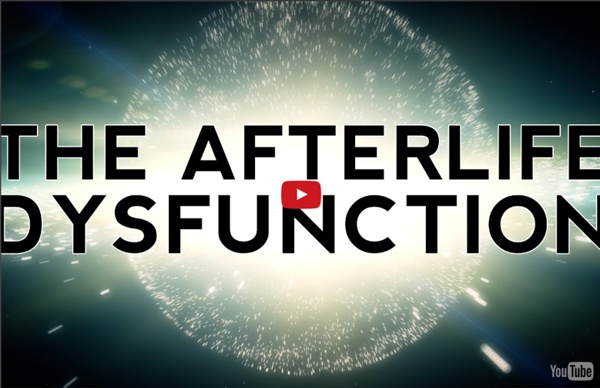



Bill McKibben on Hurricane Sandy and Climate Change: "If There Was Ever a Wake-up Call, This Is It" This is a rush transcript. Copy may not be in its final form. AMY GOODMAN: We’re on the road in Medford, Oregon, broadcasting from Southern Oregon Public Television. Much of the East Coast is shut down today as residents prepare for Hurricane Sandy, a massive storm that could impact up to 50 million people from the Carolinas to Boston. New York and other cities have shut down schools and transit systems. Hundreds of thousands of people have already been evacuated. Meteorologists say Sandy could be the largest ever to hit the U.S. mainland. While the news media have been covering Hurricane Sandy around the clock, little attention has been paid to the possible connection between the storm and climate change. We begin today’s show with two guests. We welcome you both to Democracy Now! BILL McKIBBEN: Well, I think, Amy, that the first thing is this is a storm of really historic proportion. BILL McKIBBEN: Yeah. AMY GOODMAN: I don’t think it was raised at all in the three debates.
The Story of Stuff Project Mistaken For Strangers Official Trailer #1 (2013) - The National Documentary HD Richard Heinberg: why end of growth can mean more happiness Deroute - DVD - Film - CDON.COM Log ind mislykkedes. Kontroller venligst de angivne oplysninger og forsøg igen.Lykkedes det stadig ikke, venligst se vores selvhjælpsguide. Først var han punker og kult og kunstner fra Filmskolen. Så solgte han ud -mente nogle, og brugte sit talent i reklamens verden. Så blev han meget seriøs og tilgav sin morfars nazistiske morder på film. Undervejs har han været kendt, hadet og elsket for blandt andet De skrigende halse, Grev Aksel, Antenneforeningen og markante reklamer om biler, chips og mobiltelefoner.
Buy Movies at Movies Unlimited - The Movie Collector's Site Format: "Can your heart stand the shocking facts of the true story of Edward D. Wood, Jr.?" Director Tim Burton's hilariously heartfelt paean to the cross-dressing creator of "Glen or Glenda" and "Plan 9 from Outer Space" stars Johnny Depp as Wood, with Sarah Jessica Parker, Bill Murray, Jeffrey Jones, Lisa Marie and George "The Animal" Steele as members of his eccentric stock company, and Best Supporting Actor Oscar-winner Martin Landau as aging horror icon/drug addict Bela Lugosi. 127 min. Academy Award ® Winner: Best Supporting Actor (Martin Landau), Best Makeup Category: Cult Director: Tim Burton Rated: Color: Black & White Format: Widescreen Closed Captioned: Yes Also On: Blu-ray Widescreen
Farmland - A Film by Academy Award Winning Director, James Moll Allentown Productions David Loberg a fifth generation corn and soybean farmer in Nebraska, runs the family farm with his mother. The farm also custom feeds 500 head of cows for a local dairy operation and runs an irrigation business. Sutton Morgan